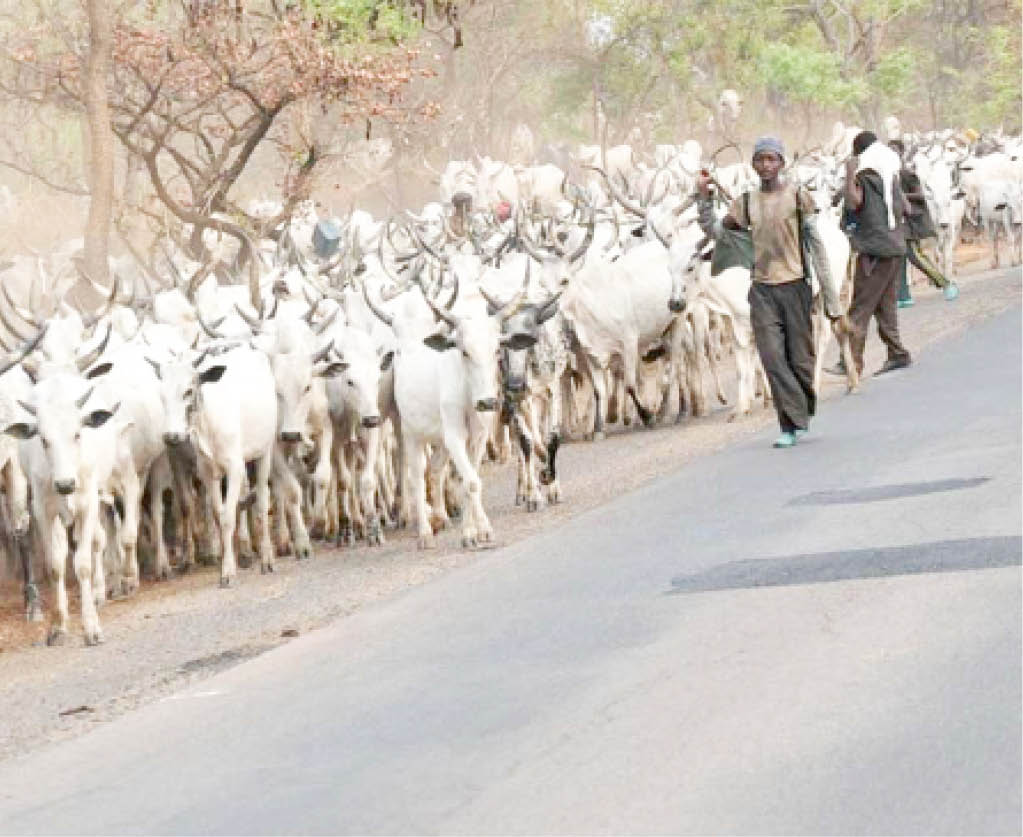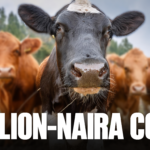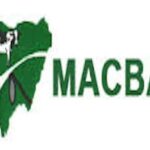Over time government has directed much effort at the acquisition, development and management of grazing reserves and stock routes so as to checkmate dangerous trends of pastoralists and crop farmers’ conflicts, which have now become a social menace and security challenge. The conflicts are brought about by competition for land and natural resources. And these competitions are getting worse every day as evident in the loss of lives, properties, litigations and lack of social harmony that the country is suffering.
The history of grazing reserves, stock routes, forage production, and pasture development is a bit lengthy to be repeated here. But associated problems of management, encroachment, degradation, vegetation depletion and land titles are scary and potent as to warrant fresh strategies and synergy to arrest the situation from getting worst. Government has good intentions to develop and manage these resources to bring about their proper utilisation with better economic returns to enhance the senderization of pastoral transhumances.
However, the pastoralists are now competing with large-scale agricultural schemes that narrow the grazing horizon in Nigeria. The use of tractors, herbicides, fungicides, insecticides, and improved seeds in these schemes has revolutionised farming and has enabled the extension of agricultural land into grazing lands. The introduction of inorganic fertilizer (NPK), allows farmers to open farm plots in marginal or borderline areas that were used for grazing. Areas once cultivated by a hundred manual farmers using out-moded tools such as hoes and cutlasses can now be cultivated by a single farmer using a tractor, but then, these are indicators that the conditions that supported transhumance pastoralism are fast changing.
All the same, it is believed that three identified categories of pastoralists; the settled, the semi-settled and the transhumance will, through adequate extension and education, accept the introduction of ranching system of animal husbandry as the best practices for sustainable management of natural resources.
- Police declare UK-based blogger wanted over ‘cyberstalking’
- Cybersecurity levy: Agbakoba to sue Attorney-General, CBN, others
Sustainable cattle ranch development is a topic of interest for many developing economies, including Nigeria. Cattle ranching can provide food, income, and livelihoods for millions of people, but it also poses challenges for the environment, animal health, and public health. To achieve sustainable cattle ranch development, some key actions need to be taken:
Improving the productivity and efficiency of cattle production systems by using improved breeds, feed resources, and management practices. This can help reduce greenhouse gas emissions, land degradation, and water pollution, while increasing income and food security for livestock farmers and the nation.
Investing in veterinary services and animal disease surveillance to prevent and control outbreaks of animal diseases such as foot-and-mouth disease, brucellosis, and anthrax etc. This will improve animal welfare, food safety, and human health, as well as reduce the risk of antimicrobial resistance and zoonotic diseases.
Supporting the development of livestock value chains by enhancing infrastructure, market access, and quality standards for cattle products such as meat, milk, and leather. This will create more opportunities for value addition, employment, and income generation, as well as improve the quality and safety of food for consumers.
Promoting the integration of livestock with crop and forestry systems by using agroforestry, silvopastoral and crop-livestock systems. This will enhance the biodiversity, carbon sequestration, and resilience of the ecosystems, as well as provide multiple benefits for farmers, such as fodder, fuelwood, and fertiliser.
Strengthening policy and institutional frameworks for the livestock sector by engaging stakeholders, developing evidence-based strategies, and implementing effective regulations and incentives. This can foster coordination, collaboration, and innovation among the public and private actors involved in the livestock sector, as well as address the social and environmental impacts of cattle ranching.
The pastoralists should be made to appreciate the value of improved stock rather than keeping large number of herds for the sake of it. Above all, the traditional cattle breeders should be made to partake in collective land conservation as a sound range management practice, to avoid what scholars term the tragedy of the commons. They can be introduced to Browse plants that can greatly diversify ranches and provide additional feed for cattle.
Browse plants are plants that are eaten by livestock, especially ruminants, as a supplement to grasses and other forages. Browse plants can also provide valuable nutrients, such as protein, minerals, and vitamins, as well as reduce the need for external inputs, such as fertilisers and pesticides. Browse plants also improve soil fertility, prevent erosion, and enhance biodiversity.
Some of the browse plants that can be integrated into cattle ranches in Nigeria are:
Leucaena leucocephala: This is a leguminous tree that can grow up to 20 meters tall. It has high protein content (20-30%) and can tolerate drought, salinity, and acidity.
Gliricidia sepium: This is another leguminous tree that can grow up to 15 meters tall. It has moderate protein content (15-25%) and can adapt to various soil and climatic conditions.
Moringa oleifera: This is a multipurpose tree that can grow up to 12 meters tall. It has very high protein content (25-35%) and can also provide vitamins, minerals, and antioxidants.
Ficus thonningii: This is a fig tree that can grow up to 25 meters tall. It has low to moderate protein content (10-15%) and can also provide carbohydrates, fibre, and minerals.
However, planting and managing browse plants require some planning and care.
The World Bank and the International Livestock Research Institute (ILRI) are some of the organisations that are supporting Nigeria and other developing countries to achieve sustainable cattle ranch development, through research, technical assistance, and investment projects. We can learn more about their work and resources.
Finally, the pastoralists must be seen to participate in policy formulation and implementation rather subject to be studied and be at the receiving end of government decision-making.
By Muhammad Salihu Ahmad who resides at FMA2, off Yaya (Petel) Abubakar Road, Fadamar Mada, Bauchi [email protected]

 Join Daily Trust WhatsApp Community For Quick Access To News and Happenings Around You.
Join Daily Trust WhatsApp Community For Quick Access To News and Happenings Around You.



